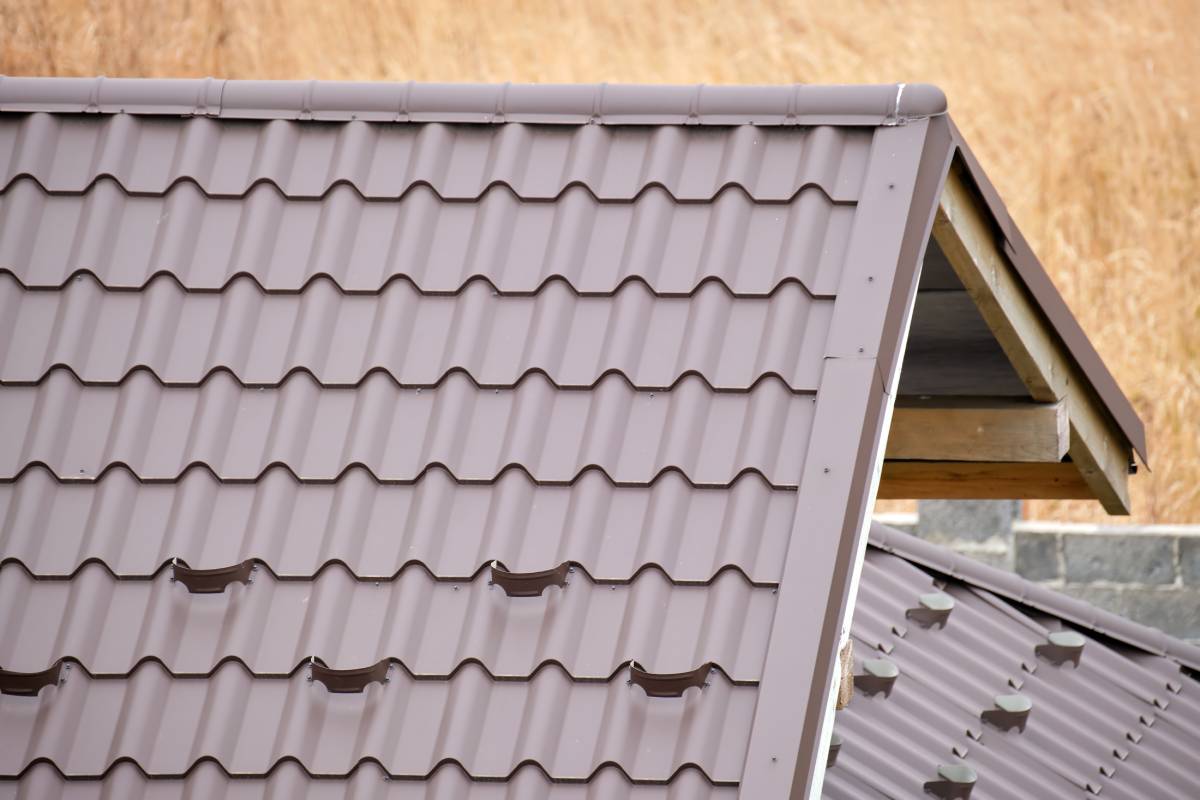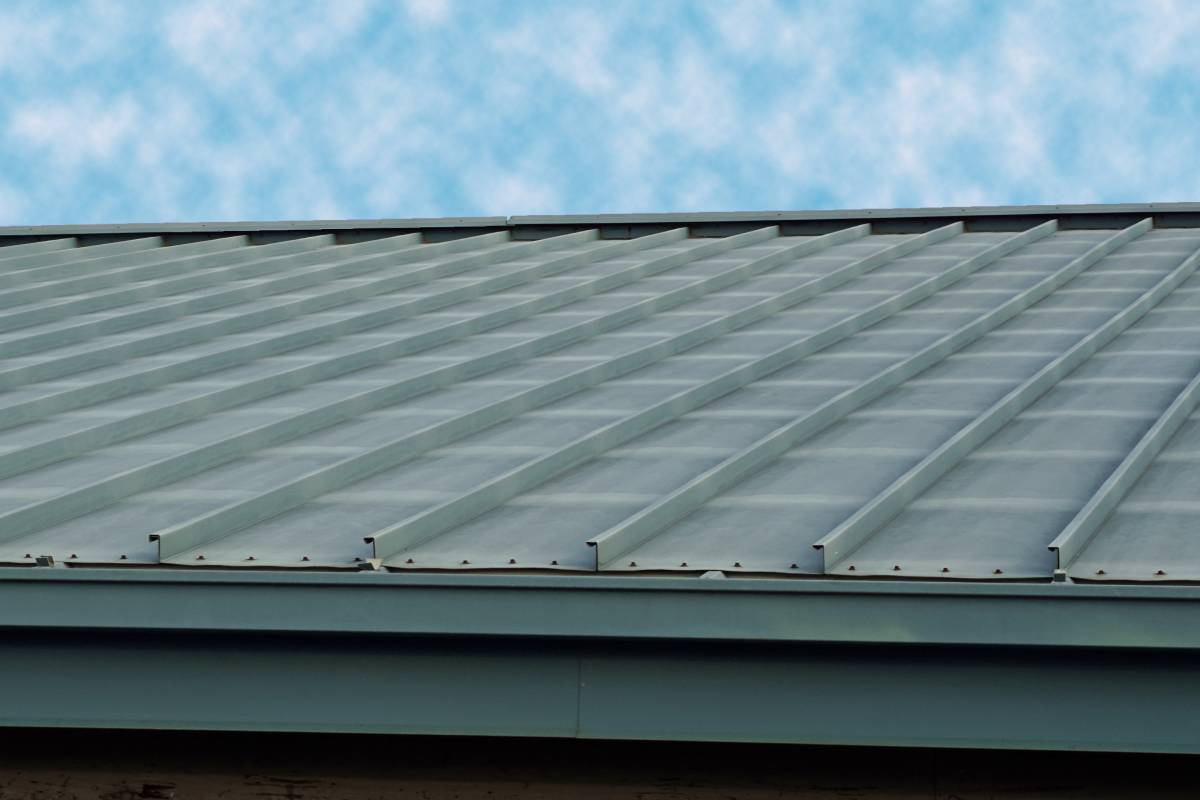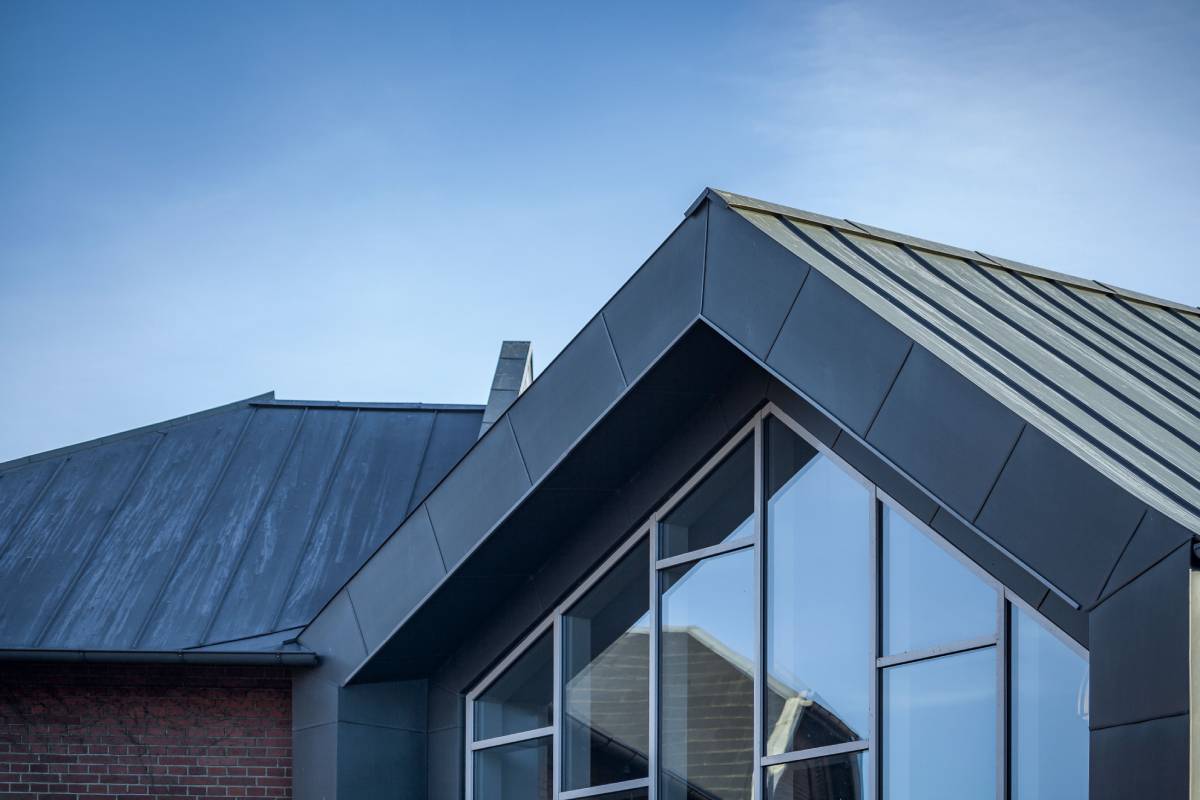Australia’s diverse climate presents unique challenges for homeowners when it comes to choosing the right roofing material. From scorching summers to heavy rains and the ever-looming threat of bushfires, finding a roofing solution that can withstand these conditions is paramount.
Fortunately, metal roofing emerges as a resilient and versatile option, offering a range of benefits that make it well-suited to Australia’s weather patterns. In this article, we will explore five key reasons why metal roofing stands out as a top choice for Australian homeowners.
Related article:
- What is the best flooring for a house in Australia? The ideal floor for kitchen, bathroom, bedrooms, living room, and hallways
- Can you insulate under floorboards without removing them? Is it worth insulating under the floor?
But first, let’s take a look at the metal roofs’ character.
Metal roofs, when properly installed and maintained, are generally less prone to leaks compared to traditional asphalt shingle roofs. This is because metal roofing systems are typically designed to have fewer seams and joints, which are common areas for water infiltration in shingle roofs. Additionally, metal roofing materials are highly durable and can withstand harsh weather conditions, reducing the likelihood of damage and leaks.
However, it’s essential to ensure that metal roofs are installed correctly by experienced professionals to minimize the risk of leaks. Proper flashing around penetrations, such as chimneys, vents, and skylights, is crucial for preventing water intrusion. Regular inspections and maintenance can also help identify and address any potential issues before they develop into leaks.

Yes, metal roofs can rust, especially if they are made of materials like steel or iron that are susceptible to corrosion when exposed to moisture and oxygen over time. However, many modern metal roofing materials are coated or treated to prevent rusting.
Galvanized steel, for example, is coated with a layer of zinc to protect it from rusting. Similarly, aluminium and stainless steel are naturally resistant to corrosion, making them popular choices for metal roofing.
Regular maintenance, such as keeping the roof clean of debris and promptly addressing any scratches or damage to the coating, can help prolong the lifespan of a metal roof and prevent rusting. Additionally, applying a protective coating or paint specifically designed for metal roofing can provide an extra layer of defence against rust.
The lifespan of a metal roof can vary depending on several factors, including the type of metal used, the quality of installation, the local climate, and the level of maintenance. However, in general, metal roofs are known for their durability and longevity, often outlasting traditional asphalt shingle roofs.
On average, a well-installed metal roof can last anywhere from 40 to 70 years or even longer with proper maintenance. Some metal roofing materials, such as aluminium and stainless steel, are highly resistant to corrosion and can potentially last even longer.
Regular maintenance, such as keeping the roof clean of debris, inspecting for any signs of damage or corrosion, and promptly addressing any issues, can help maximize the lifespan of a metal roof. Additionally, applying protective coatings or paints designed for metal roofing can provide an extra layer of protection against corrosion and prolong the roof’s life.
Overall, while metal roofs may have a higher upfront cost compared to traditional roofing materials like asphalt shingles, their long lifespan and durability often make them a cost-effective choice in the long run.


